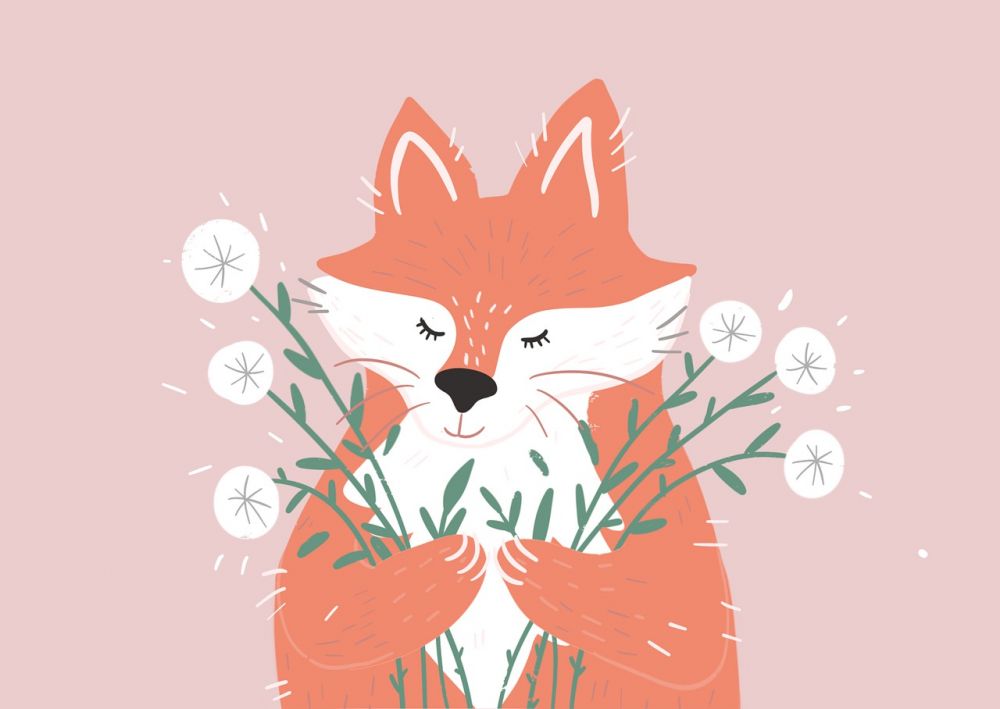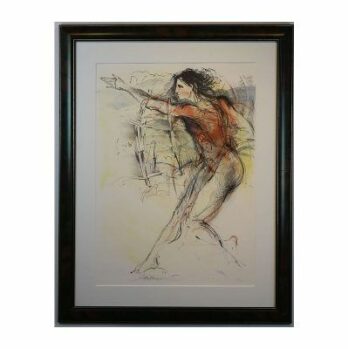Tove Jansson’s Illustration: A Comprehensive Exploration

Introduction
Tove Jansson, a Finnish-Swedish artist and writer, is widely celebrated for her stunning illustrations that have captivated readers of all ages. Her illustrations, renowned for their distinctive style and emotive quality, have brought beloved characters and stories to life. This article will provide an in-depth overview of Tove Jansson’s illustration, including its various types, popularity, quantitative measurements, differences between them, and a historical analysis of their advantages and disadvantages.
Overview of Tove Jansson Illustration

Tove Jansson’s illustration is characterized by a unique blend of simplicity and intricate details, creating a visually appealing experience for readers. Her illustrations primarily revolve around the Moomins, whimsical creatures featured in her beloved children’s books. Jansson’s artistic style often captures the essence of nature, with lush landscapes, expressive facial expressions, and enchanting settings.
Comprehensive Presentation of Tove Jansson Illustration
Tove Jansson’s illustrations encompass a wide array of mediums and formats. From book illustrations to comic strips, her work has catered to diverse audiences. One of the most popular forms of her illustration is in children’s books, where she has created vivid worlds filled with charm and imagination. Additionally, her illustrations have adorned various merchandise, making them readily recognizable and sought-after.
Quantitative Measurements of Tove Jansson Illustration
Quantifying the impact and reach of Tove Jansson’s illustrations is a challenging task. However, the enduring popularity of her characters, such as the Moomins, provides some insights. The Moomin books have been translated into over 50 languages, selling millions of copies worldwide. These sales figures offer a glimpse into the immense demand for Tove Jansson’s illustrated works.
Differences Between Tove Jansson Illustration Styles
Tove Jansson’s illustration styles have evolved over time, showcasing her versatility as an artist. While her early illustrations were predominantly black and white, she later incorporated vibrant colors, adding depth and vibrancy to her artwork. The shift in styles allows readers to witness the progression of Jansson’s skills and explore the diverse atmospheres she creates through illustrations.
Historical Analysis of Advantages and Disadvantages
Over the years, Tove Jansson’s illustrations have garnered praise for their ability to resonate with both children and adults. The simplicity of her drawings allows for easy accessibility, while the intricate details engage the viewer’s imagination. However, some critics argue that the charm of her illustrations can overshadow the depth of her narratives, potentially distracting readers from the underlying themes.
Conclusion
Tove Jansson’s illustrations have left an indelible mark on the world of art and literature. With their enchanting qualities and universal appeal, they continue to captivate audiences worldwide. From her humble beginnings to the widespread recognition received today, Tove Jansson’s illustrations remain a testament to her immense talent and imaginative vision.
In the midst of a digital era, Tove Jansson’s illustrations continue to inspire and captivate readers. Take a moment to explore the enchanting worlds she has created through her artwork, and immerse yourself in the unique charm of Tove Jansson’s illustration legacy.
So, whether you’re a longtime fan or new to the world of Tove Jansson’s illustration, one thing is certain her artistic legacy is truly timeless.











